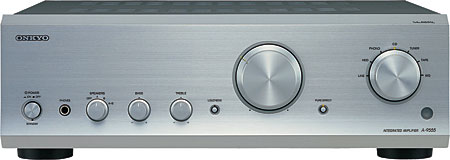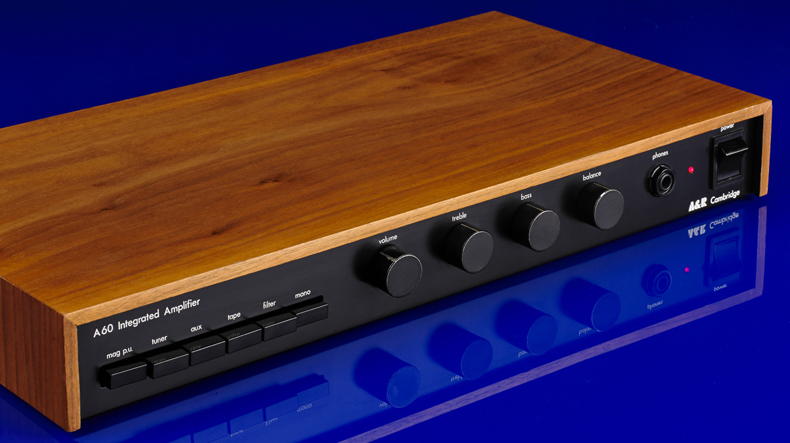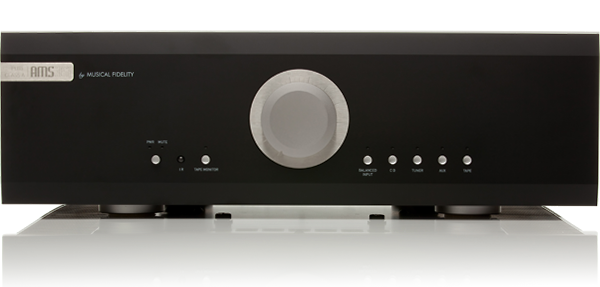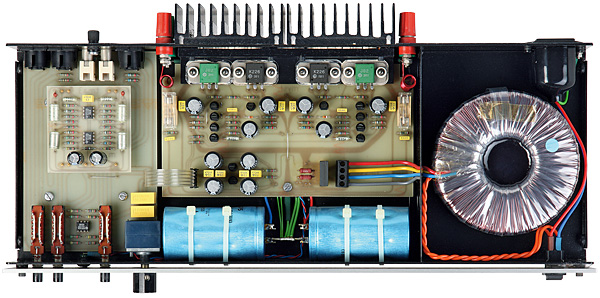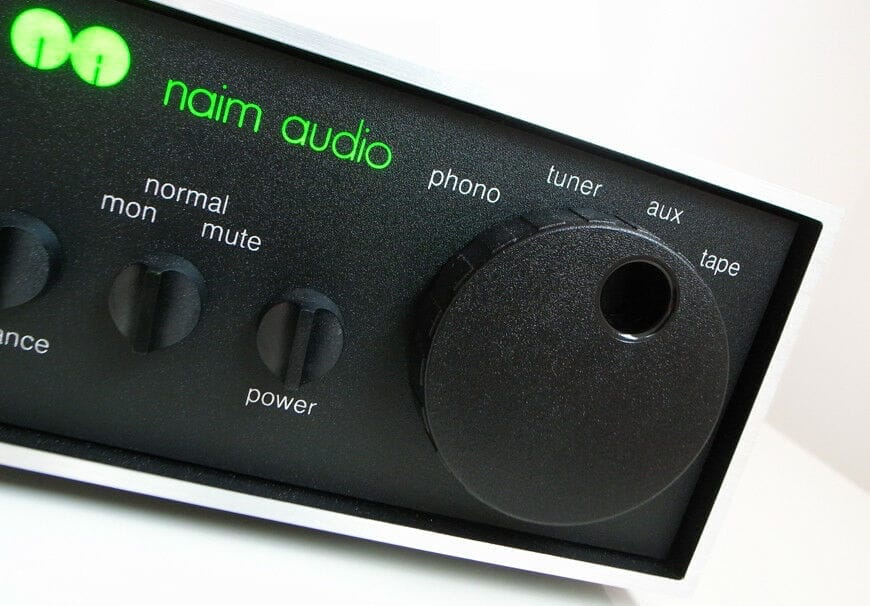China was beginning to make major inroads into the world’s hi-fi market towards the end of the first decade of the twenty-first century, taking advantage of its low manufacturing costs to manufacture enormous and impressive amplifiers for less money than expected. However, the introduction of Class D technology enabled Japan to fight back. It’s a low-cost technology to produce and operate, but it requires significant knowledge to master, which Japan had (and still has) more of than China. So, while the Chinese could produce enormous Class A integrated models with acres of sheet metals, the Japanese reacted with some superbly finessed goods that were immaculately made and finished in Japan, and they competed on price as well. The A-9755 from Onkyo was a superb example of this.
Onkyo’s main designer is Mamoru Sekiya, whose golden ears have given the company’s goods an extremely accomplished sound. While he made his name with Harman Kardon’s renowned Citation series in the 1980s, by 2006 he was heavily involved with Class D, and has possibly done more than anybody else in the industry to obtain fantastic results from it at a reasonable price.
The A-9755 is a throwback in terms of design, seeming like it could have been made in 1986. Japanese integrated models from a decade ago, a decade later, and even now all look the same. It’s impressive as a physical experience rather than an aesthetic one. This is a joy to use and reminds me why I fell in love with Japanese hi-fi in the first place. Flawlessly finished (the finely brushed aluminium front panel, for example, looks ten times better than anything from Shanling) with large control knobs and buttons with a beautifully positive action, this is a joy to use and reminds me why I fell in love with Japanese hi-fi in the first place.
There are plenty of buttons to press on the fascia, and tone adjustments and even a Loudness feature may shock many readers. Fortunately, all of these can be turned off, and even better, the entire preamplifier can be turned off by holding down the ‘Main In’ button for three seconds. The blue volume LED goes off, and the 9755 transforms into a power amplifier – and a pretty good one at that. Onkyo has included an MM phono stage (along with CD, Tuner, HDD, Tape, MD, and Line inputs), which shows they’ve taken this seriously. The 9755 contains a discrete transistor stage with thick copper bus bars for earthing, whereas other RIAA phono equalizers employ op-amps and negative feedback to get good signal-to-noise ratio and dynamic range values. Switching is also available for two pairs of speakers.
The amplifier is also equipped with Onkyo’s Remote Interactive (RI) system, which not only allows other RI-equipped components to be controlled via the remote control, but also makes it compatible with the new Onkyo DS-A1 iPod dock, which allows iPod owners to control their device as well as listen to their music via the A-9755’s remote control. The dock can also charge the iPod and is compatible with all dockable iPods.
Because most of the amplification circuitry is done on a single cluster of ICs in Class D, the 13kg weight is explained by the ‘Pure Stream Power Supply,’ which employs two large frame type transformers. The related gubbins that come with PWM (Pulse Width Modulation) digital amps are present, but they’re supplemented by Onkyo’s VL Digital analogue-to-digital conversion technology (now in its third iteration), which “delivers a dramatic decrease in pulse noise.” The Optimum Gain Volume Circuitry, according to Onkyo, adjusts signal gain to reduce the amount of attenuation required at low volumes to typically less than half of what is required at higher volumes, ensuring that the signal never approaches the noise-floor. The output stage circuitry is fully discrete, and the earthing is done with a thick, low-impedance bus plate with great care. The amp is built with audiophile-grade capacitors and sits atop a robust, anti-resonant chassis with brass stabilizers.
The A-9755 sounds remarkably rich, warm, and powerful after a nice lengthy run-in period and an hour or two of warm-up, albeit it is a touch soft and overly generous in the bass, hazy in the mid, and extremely smooth up top in absolute terms. It’s also not the lightest or most dynamic integrated I’ve heard, but it still sounds better than most other similarly priced integrated amps I’ve heard. It’s defective in the best, most euphonic way conceivable, which was the key to the success of the original NAD3020. It’s large, chubby, and intimidatingly powerful.
For a £700 amplifier, the bass is really incredible. Its creator is a big fan of tube amps, and it shows in the sound, which is warm, tuneful, and a little soft — yet unlike flaming glass bottles, it has virtually endless reservoirs of power. The Onkyo has a large, “cinemascope” soundstage in the midband, which I believe is due in part to some voicing in the preamp section; when used in power amplifier mode, things were much more neutral, accurate, and finely defined. The 9755, on the other hand, pushes the soundstage broader than it should be as an integrated amplifier, resulting in a delightfully spacious and opulent sound.
It’s not that hot from the front to the back; things are a little two-dimensional, which means the depth perspective is lacking. The image lingers just behind the plane of the speakers, but its incredible left-to-right size nevertheless draws you in. However, at the price, I have yet to hear anything that is convincingly superior in this regard. The Onkyo is smooth and silky on top, like all good digital amplifiers, with nice delicate, finely detailed treble detailing, but it lacks atmosphere.
It’s surprisingly accomplished in terms of rhythm. You’d be forgiven for expecting it to be leaden, considering the aforementioned enormous fat bass, but it isn’t. It’s not as explicit as a Naim, but it doesn’t hold back when it comes to telling you about a song’s timing and dynamic expressiveness. Simply put, you like the song, you like the dynamic expressiveness of the performance, and you like the warm, powerful sound. When the preamplifier is removed from the circuit, the sound becomes tighter and less colorful, but it is still a very delightful listen.
Don’t be fooled by the vintage design of this amplifier; it’s a modern, finely voiced performer with excellent sound quality per pound. The excellent Japanese build (and, I’m sure, dependability) is the cherry on top. Only Rega’s Brio, which was released about the same time, had a better sound, but with noticeably less power.

